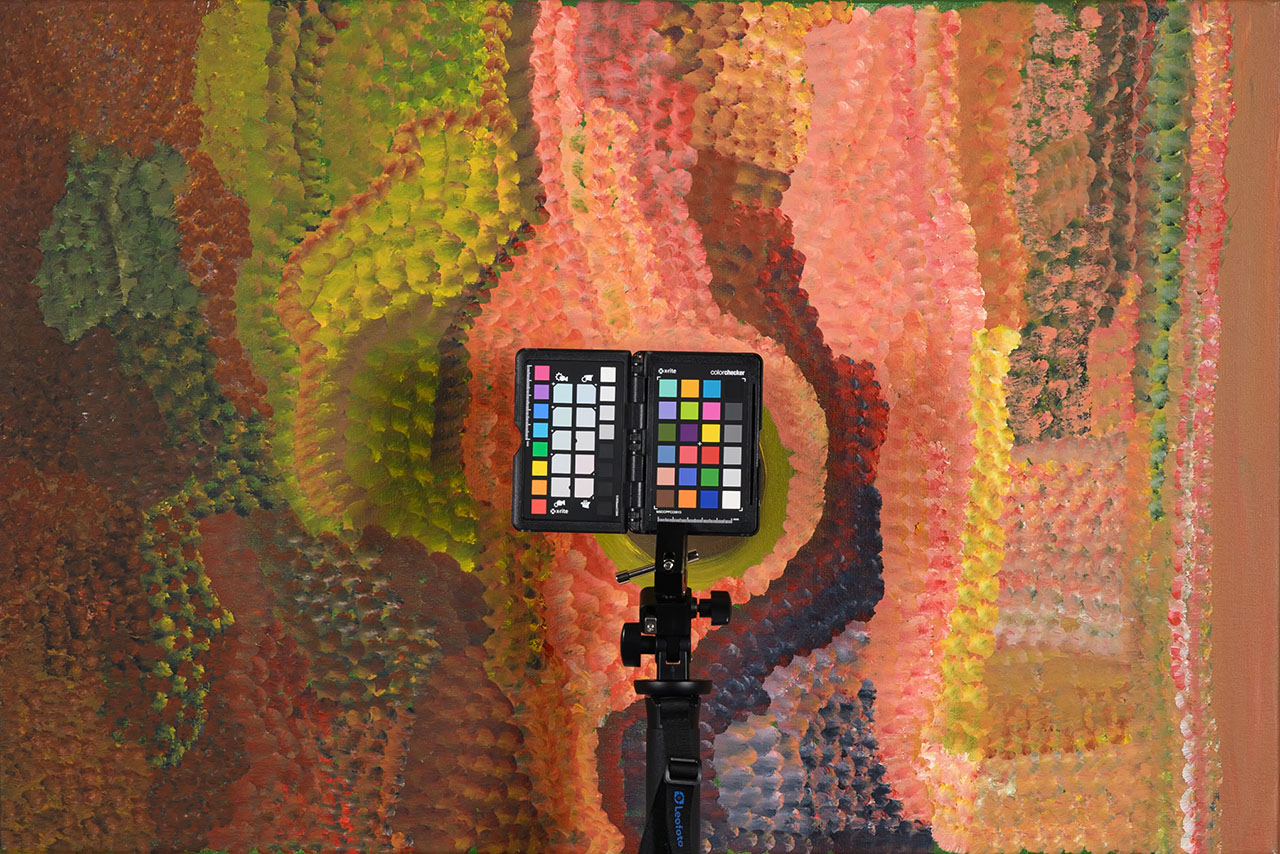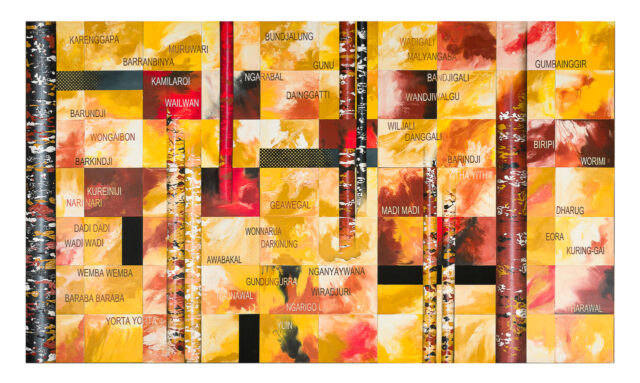
Digitising a collection of artworks, photographing them with the highest possible accuracy, is both a technical and logistical challenge. It’s a process that demands precision, problem-solving, and a deep respect for the works themselves.
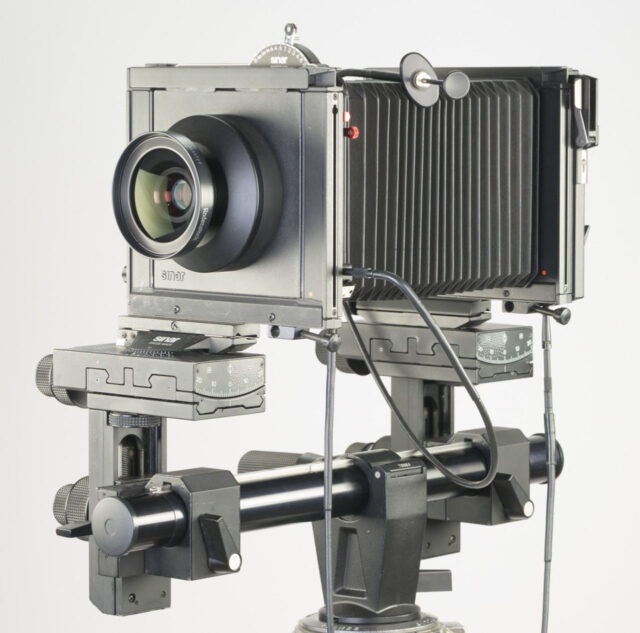
Last century, I had the privilege being a full-time assistant to photographer Stuart Scott in Max Dupain’s old studio. Working on a large format camera with 4×5 inch film we photographed a diverse range of products including glassware. Photographing such highly reflective surfaces was no small task. As a recent photography graduate, I learned a great deal from Stuart’s mastery of lighting. Those lessons in patience and precision continue to guide me today.

Photographing artworks presents a unique set of challenges. Often, the works are on public display; in galleries, corporate offices, or other busy environments. This means working around people, dealing with reflections, existing lighting, and managing tight or awkward spaces. Over the years, I’ve found myself setting up cameras in all sorts of places: inside the entrance to a public toilet, hanging from the side of a building, perched 20 metres (65 feet) up in a scissor lift, and even on top of the Sydney Opera House.
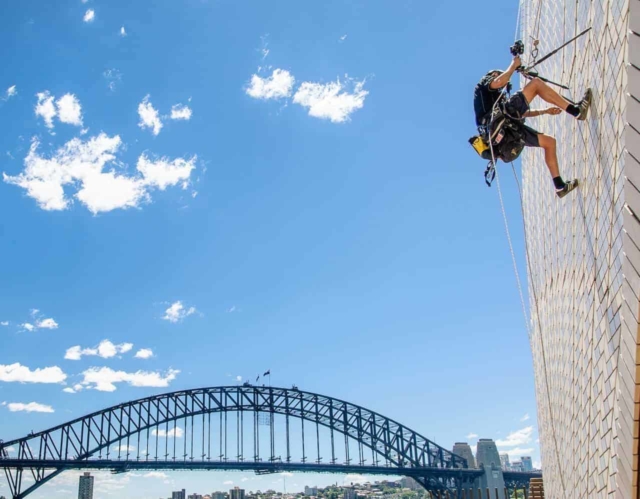
Sometimes, artworks are in storage or transit, and careful coordination becomes essential. Time management is key, working closely with curators, staff, and assistants to stay on schedule and within budget. Every step of the process must be efficient without ever compromising quality or care.
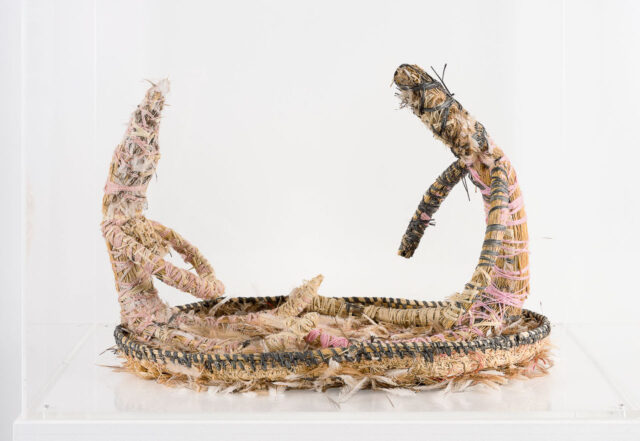
Handling artworks requires more than technical skill; it demands sensitivity and understanding. With a background in the arts, my team and I approach each piece with both appreciation and awareness of its cultural and fiscal significance. We know that every artwork carries a story, and our role is to honour that story through accurate, faithful reproduction.

Though technology has evolved, the principles remain much the same as they were in the days of film. Digital photography offers greater accuracy and control, and I now colour-calibrate the entire workflow, from capture to final delivery, to ensure the result is true to the original.
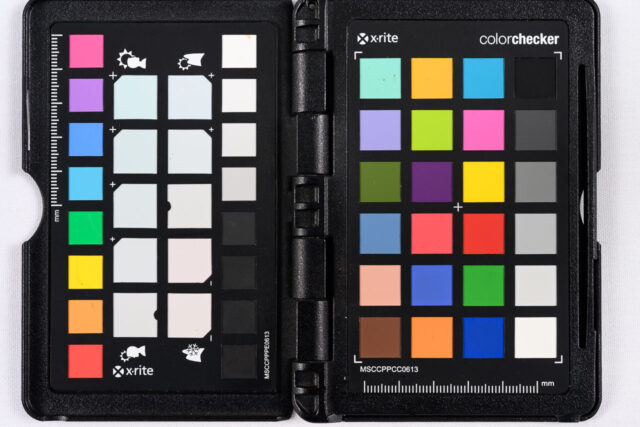
Once digitised, artworks become far more accessible. High-quality reproductions open new opportunities for curators, researchers, and the public to engage, study, and celebrate them. In this way, photography extends the life and reach of each artwork, helping it connect with new audiences.
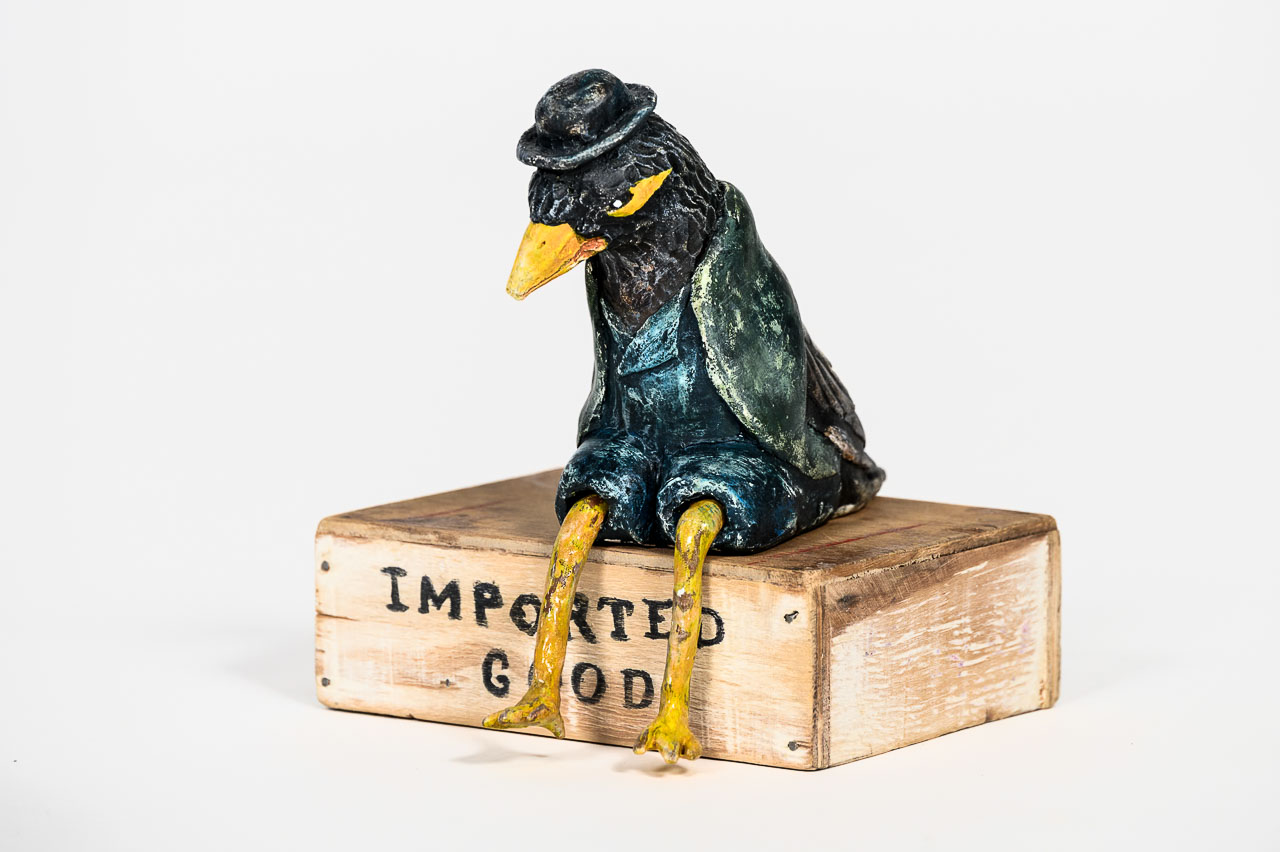
For me, photographing artworks is not just about technical perfection, it’s about preservation, connection, and storytelling. Each project offers a chance to bridge the gap between the artist’s vision and the viewer’s experience, capturing not only the image but the essence of the work itself.
